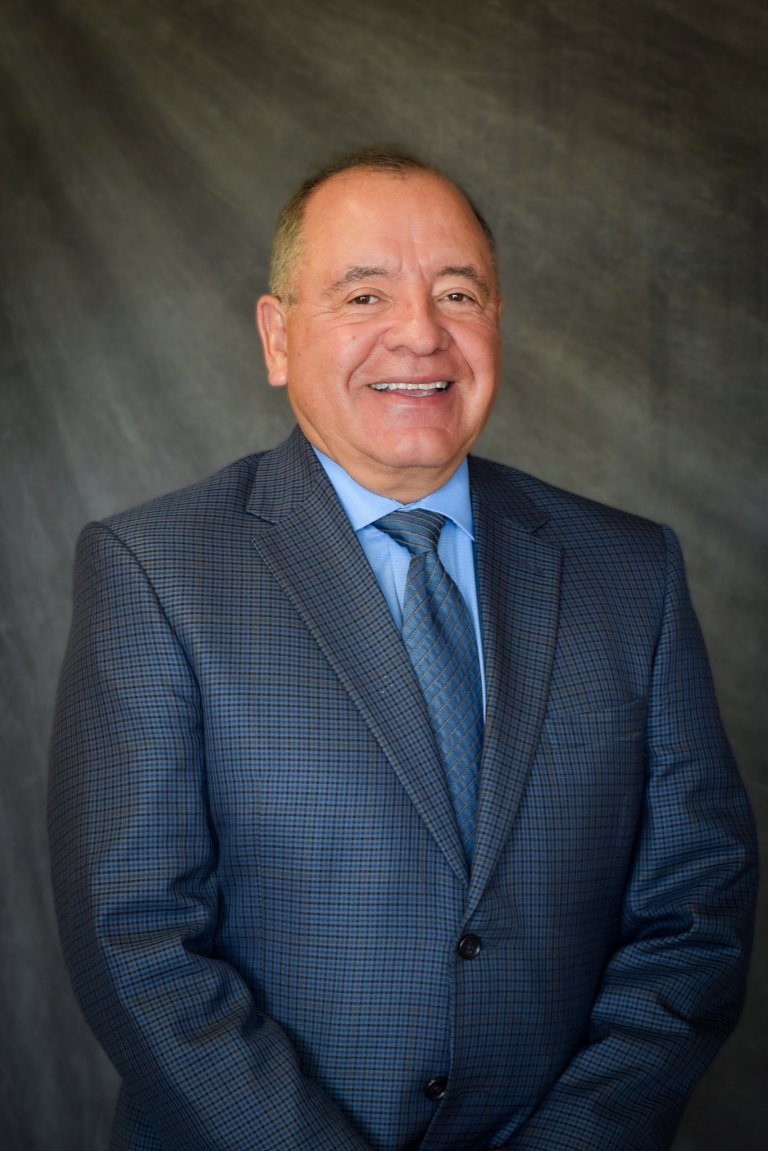At Desert Vascular Center (DVC) Outpatient Vascular Surgery Center, we perform same-day, minimally invasive procedures to diagnose and treat conditions that affect veins and arteries throughout the body, including those in the legs, arms, and kidneys.
Ours is the only dedicated vascular surgery center in the High Desert!
Treatment for Venous and Arterial Diseases
When blood flow is restricted through an artery or vein, our doctors perform advanced, minimally invasive procedures to open the vessel and prevent dangerous blood clots from forming. To diagnose such conditions, we often use catheter-based intravascular ultrasound, which provides a 360-degree internal view of the affected vessel.
Our vascular surgeons perform procedures to restore blood flow in peripheral arteries in the arms, hands, feet, and legs, and treat people with lower extremity arterial disease, which occurs when there is a lack of blood flow from the heart to the legs. We also perform procedures to restore blood flow in the veins, which carry blood back to the heart.
We treat deep vein thrombosis (DVT), a condition that causes blood clots to form in the deep veins of the legs, and compression syndromes such as May-Thurner syndrome, where blood flow through the vein is restricted. This condition can also lead to DVT.
A fistulogram is a special x-ray procedure that identifies abnormalities in the blood flow through your dialysis access that may be interfering with your dialysis treatment. This minimally invasive x-ray procedure uses contrast (a dye) and can detect problems like clots or narrowing.
Procedures we perform include the following:
- arteriogram, which uses a special dye to look for blockages in arteries and veins
- angioplasty, which uses a long, flexible, hollow tube called a catheter to advance a small balloon to the site of an arterial or venous blockage; as the balloon inflates, it eases plaque out of the way and clears the blockage
- stenting, which uses a catheter to advance a flexible, metal mesh tube to the site of the blockage in an artery or vein, where it moves aside the plaque and creates scaffolding to keep the vessel clear
- atherectomy, which surgically removes a blockage or uses laser heat energy to vaporize the obstruction



